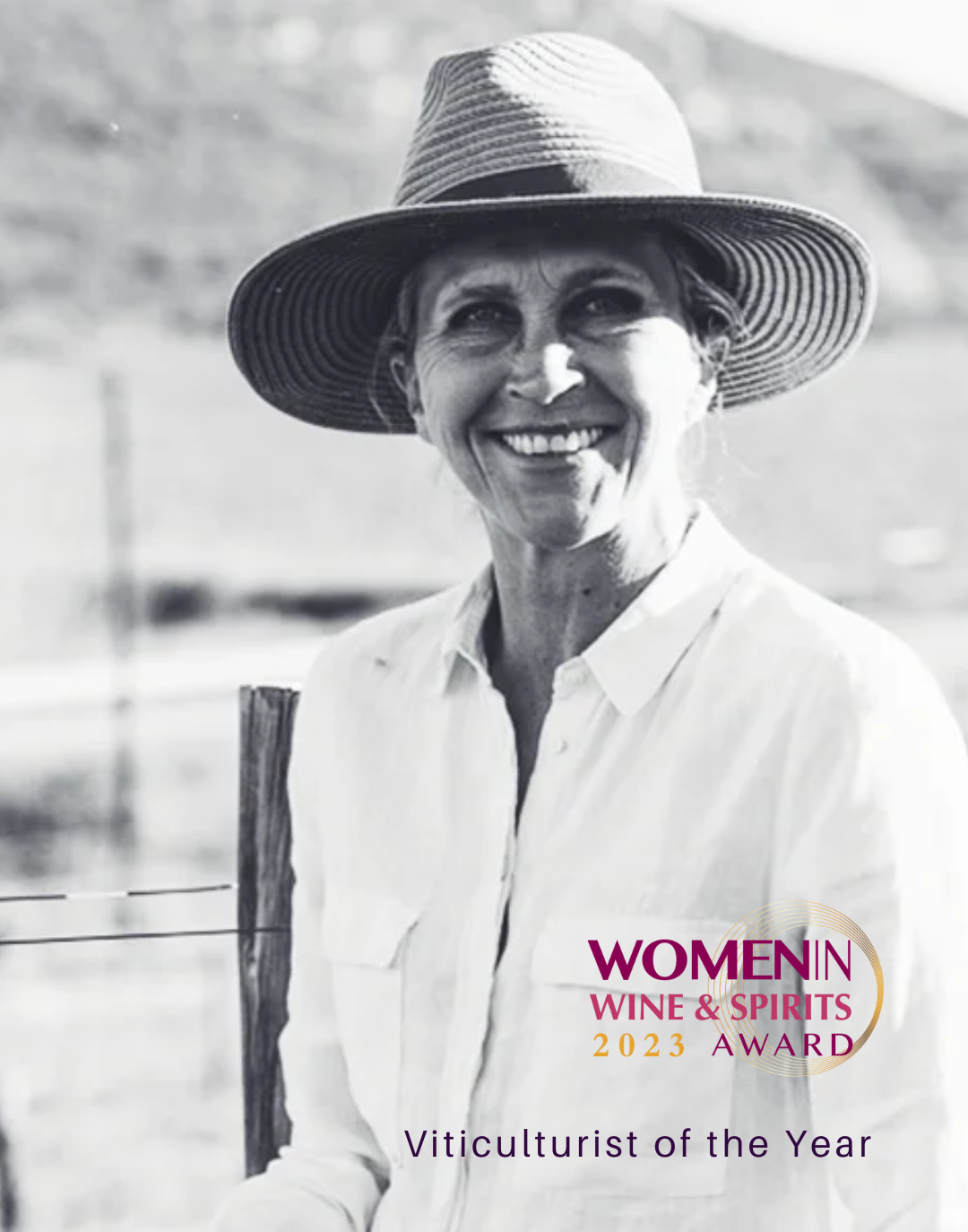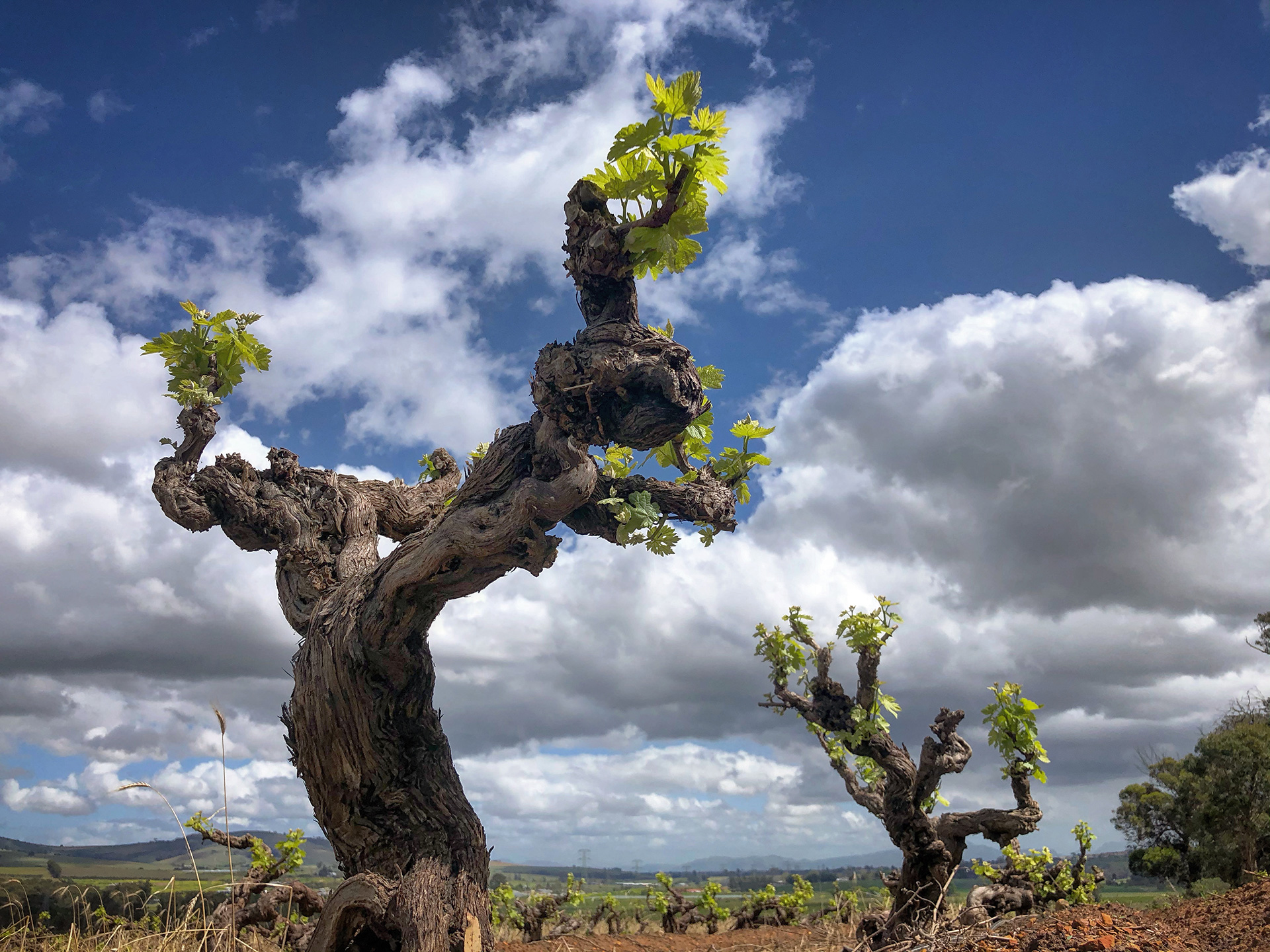2020 官网升级中!现在您访问官网的浏览器设备分辨率宽度低于1280px
请使用高分辨率宽度访问。

Rosa Kruger(Viticulturist | South Africa)
Founder of the Old Vine Project,
2022 Decanter Hall of Fame recipient, making her the first viticulturist and first South African to crack the nod in the 38-year history of the award
Rosa’s biggest love is old vines. In 2016, she founded the Old Vine Project, inspired by the old vines she saw during her travels in Europe in 2002. She decided to seek out and strive to save South Africa’s old vineyards. This project is one of the few old vine conservation projects in the world today.
Rosa has been a consultant vineyard manager for different cellars who designs new vineyard sites and manages existing vineyards for quality wine for 20 years. She travels to the most interesting vineyards of the world annually, to keep herself up-to-date on what it takes to make great wines.
“She treats each vineyard as a family, and each vine as a member of it. She has an intense intimate knowledge of the vineyards she works with”, says winemaker Andrea Mullineux.

The “Old Vine Project” was officially launched in 2016. The project introduced the “Certified Heritage Vineyard” seal, which certifies wine grapes from vines that are 35 years old or older, guaranteeing the authenticity and traceability of the vine wines. The seal, supported by detailed planting data, creates a prominent new indicator of origin, encouraging consumers to participate in preserving old vineyards.
Currently, approximately 4,000 hectares of vineyards in South Africa are officially certified. Studying old vines is not only for sustainable reasons but also because they serve as a significant barometer in the context of climate change. With rising temperatures and increasing water scarcity, old vines, with their deep-rooted systems, can access water from deeper layers. Additionally, old vines have a stronger ability to withstand diseases and extreme weather.
Q&A
1)How many years have you been in the drink business?
27 years.
2)What makes you devoted yourself to the wine and spirits sector?
I find viticulture and the role of the vineyard people in creating the wines that will be made from their vineyards, very creative and inspiring.
3)Since your previous work and academic backgrounds were unrelated to the wine business, what prompted you to shift gears and venture into vine cultivation? Furthermore, what inspired the initiation of the Old Vine Project?
My love for nature, my desire to work in a place of open spaces and fresh air without noise. Also, my belief that what we do in the vineyards are very creative and have a direct influence on the wine. It is wonderful to see, smell and taste the way you farm in a wine.
I tasted wonderful old vine wines in Europe and Argentina and other countries and saw very old vineyards in South Africa, realized that their beauty is not reflected in any specific wine as they were mostly blended away with wines made from younger vines. I saw these vineyards, saw the potential, saw the potential for winemakers to make great wines and I filled the gap.
4)What are the characteristics of vineyards in South Africa? In the stereotypical perception among the public, South African wines are often associated with the ‘mid to low-end’ segment. What insights can you share regarding the premiumization of South African wines?
South African vineyards and the wines made from them seem to reflect our climate and terroir in a very specific way – if they are not bulk farmed and made as bulk. The wines made from well farmed vineyards are reflecting all the different landscapes here – Cabernet from Polkadraai in Stellenbosch, Chenin from dryland bush vines in Swartland, Chardonnay from Hemel-And-Aarde valley. They are very different in their own special ways, although a mere 100km from each other. This is the result of very different soil types and slopes and micro-climates in our dramatic mountains and valleys.
The Old Vine project has been very instrumental in improving the image of wines from South Africa. The wines speak for themselves, they are mostly great wines and reflect our climate and our culture so well. We have developed in many different ways since 1994 in our winemaking and viticulture in South Africa. Many more winemakers are making wines under their own names/brands and pay special attention not only to the viticulture, but also the winemaking. These winemakers are travelling the world and know the different styles and understand the different winemaking techniques from the best wines of the world.
5)Could you elaborate on the significance of old vines and vineyards in the context of winemaking?
Old vines make wine with a very specific depth and texture, different from wine made from young vines. The wines are not necessarily better, but they are different in terms of texture, mouthfeel and depth. They also add another category to the wine spectrum. People consider wines made from old vines in SA as wines from a higher quality, and they are prepared to pay more for wines that carry the Old vine Project seal on the bottle. This seal reflects the age in which the vineyards were planted that the wine is made from. The age that the vines were planted can be verified in South Africa by our industry body SAWIS*. Why old vines are considered important? I think it reflects a sense of history, of cultural heritage, of longevity, endurance and stability and of course, they make lovely wines!
*The South African Waste Information System (SAWIS) is a system used to collect and manage information related to waste generation, disposal, and recycling in South Africa.
6)Since the inception of the Old Vine Project in 2016, the number of participating members has significant growth. Concurrently, OVP has been consistently developing, such as established the online courses, The Old Vine Academy (OVA). Can you share any insights into the future development plans for OVP?
We have big plans for the old Vine Project. We now understand that old vines make wines with a very specific character, we know that the public understands this, but we still need to understand why these very old vineyards withstood the climatic stresses and survived all those years. We need to understand why they survived if we even dream to become climate resilient as climate change is already, and will even more in future, reshape our viticultural landscape. We need a deeper understanding of the plants and their ability to live. We will be working with different universities in different projects in this search for the truth.
7)What are the main transformations& changes in the industry you have experienced so far? The biggest challenge you have encountered as a woman in the industry? What drives you to keep going?
There seem to be a renewed focus on educating people in viticulture and wine. Many of these students are women. There also seem to be many more women making wine in our industry that 20 years ago. To gain enough knowledge and experience to believe in myself and to be convincing to others. The love of nature.
QUIZ
1)Any advice to female peers?
Never give up and never stop learning from other winemakers, other viticulturists, people in the fields, other countries and the academics.
2)What are the main distinguishing merits or qualities in women attributing to the career success?
Never give up and never stop learning.
3)Who will you recommend us for interview as the next WWS figure?
Master of Wine Cathy van Zyl, she is also the South African Wine Ambassador.